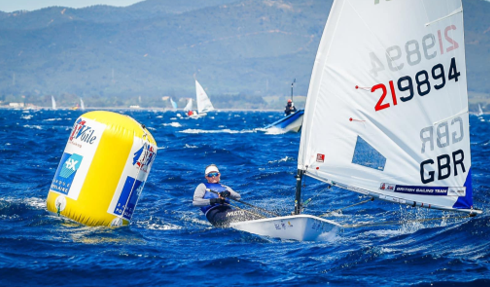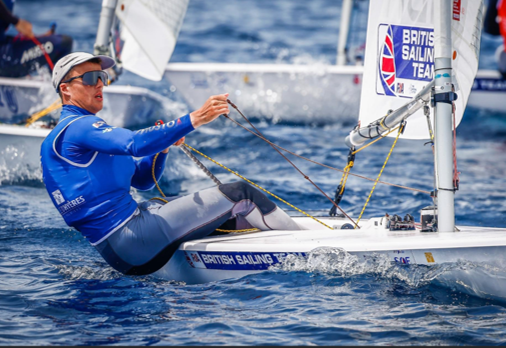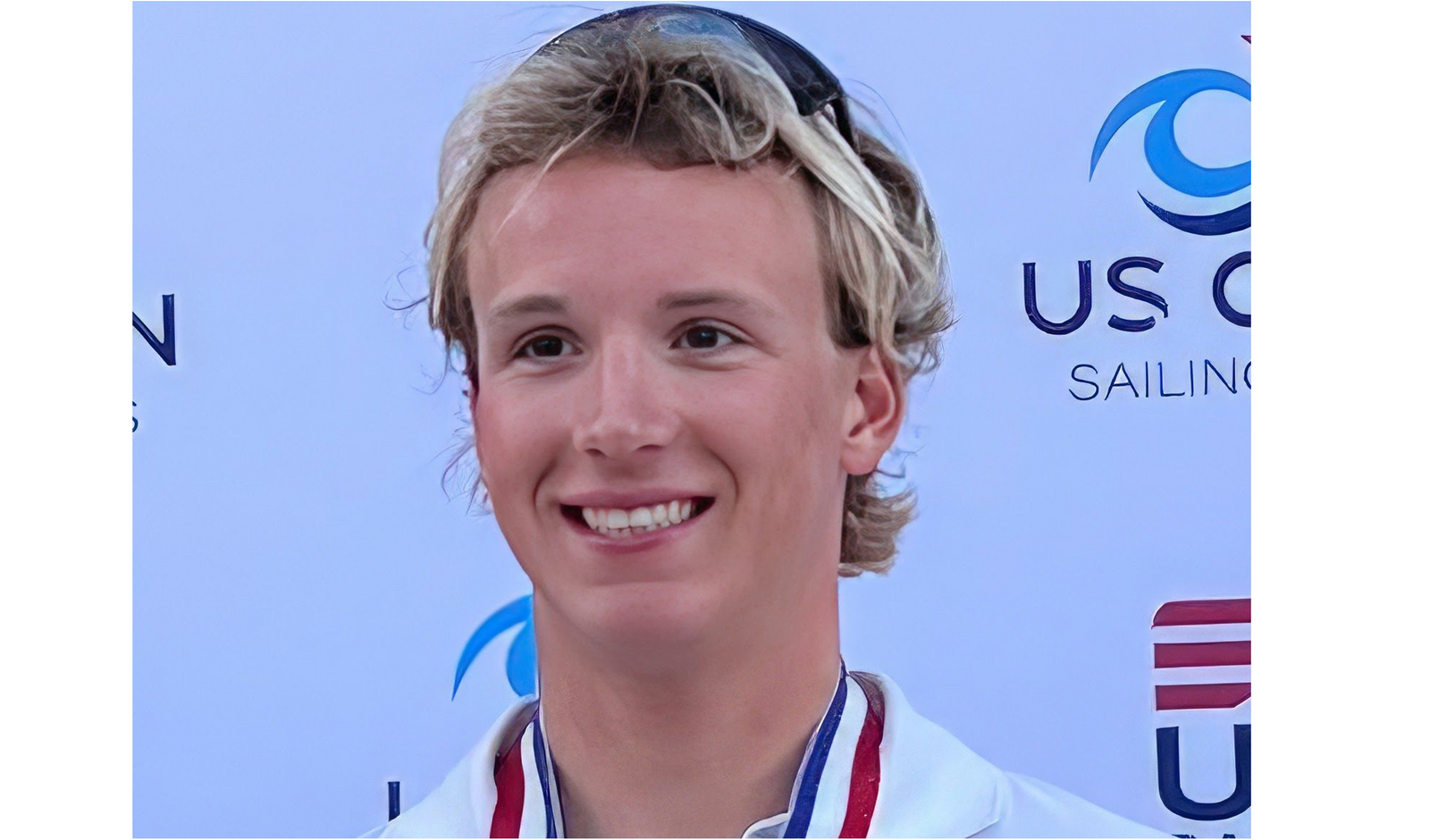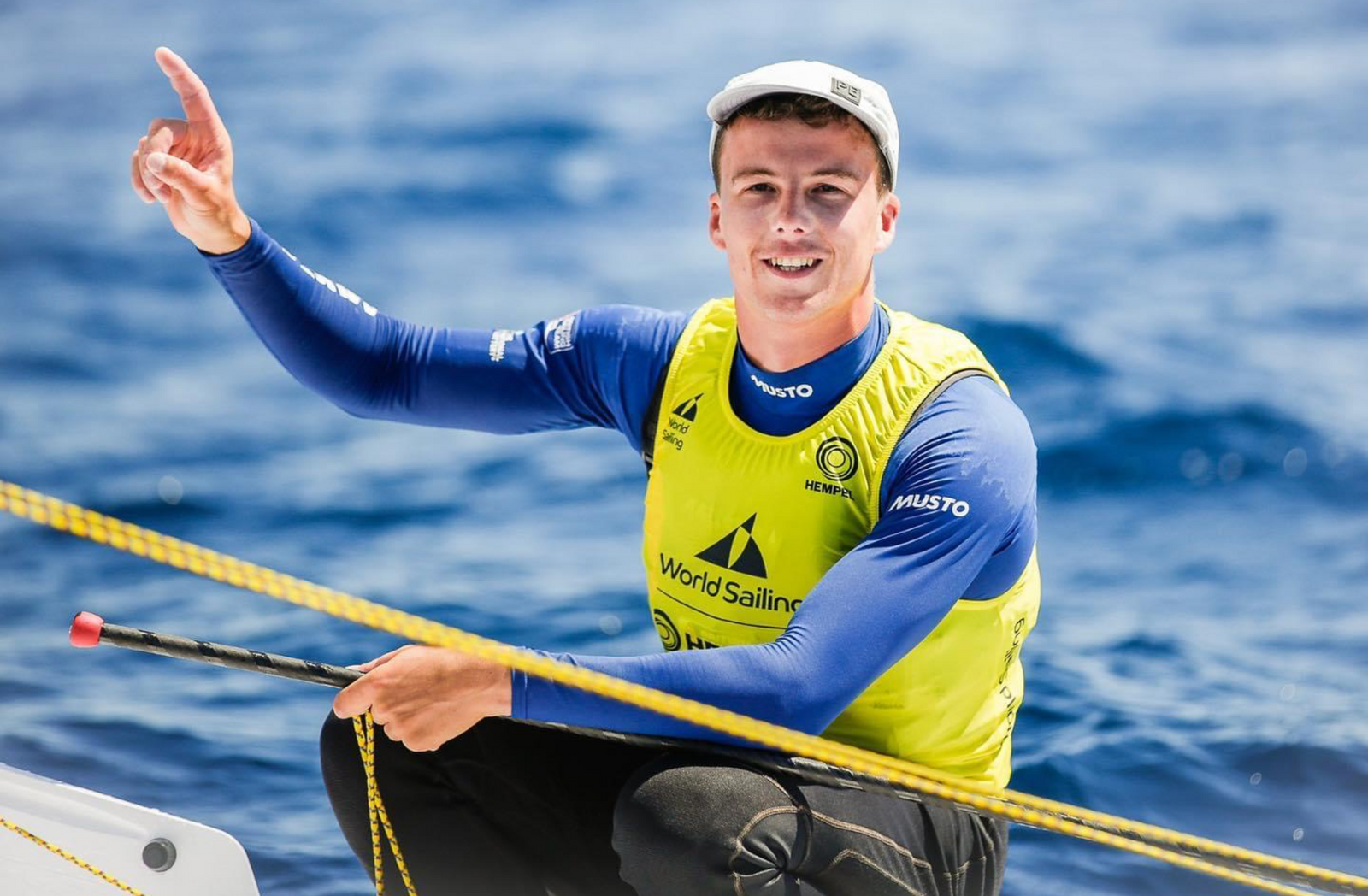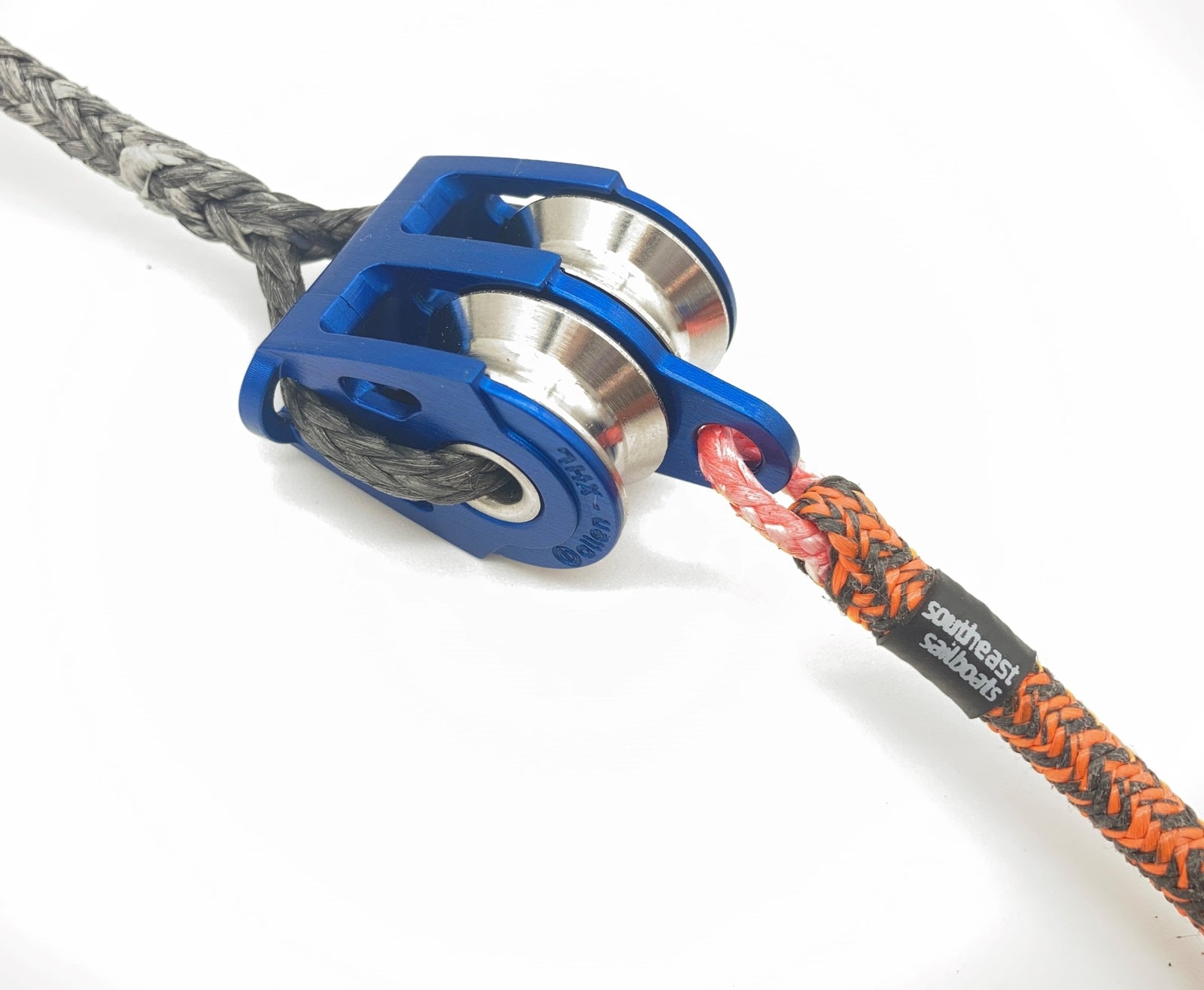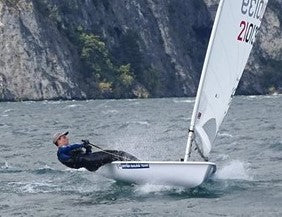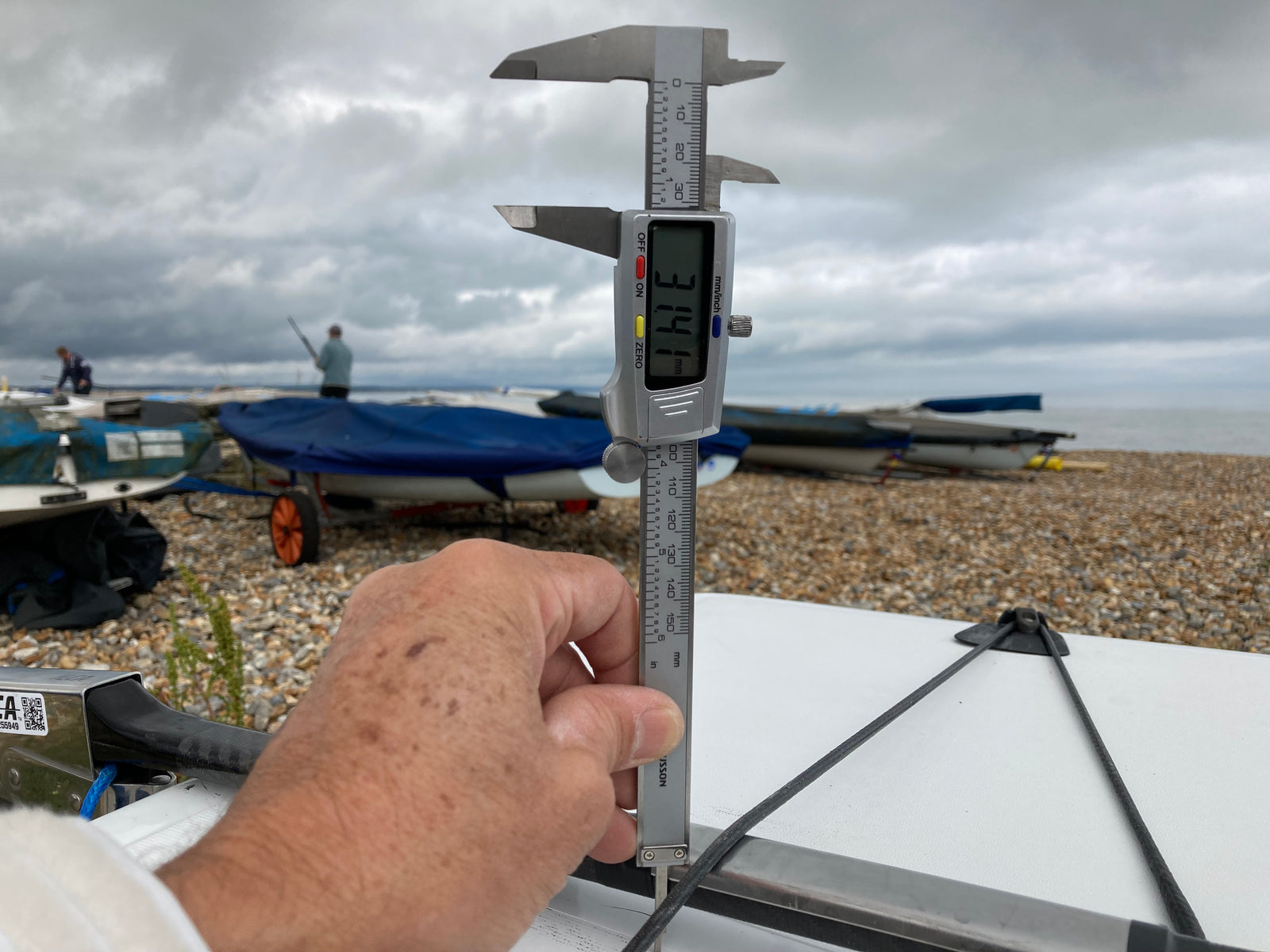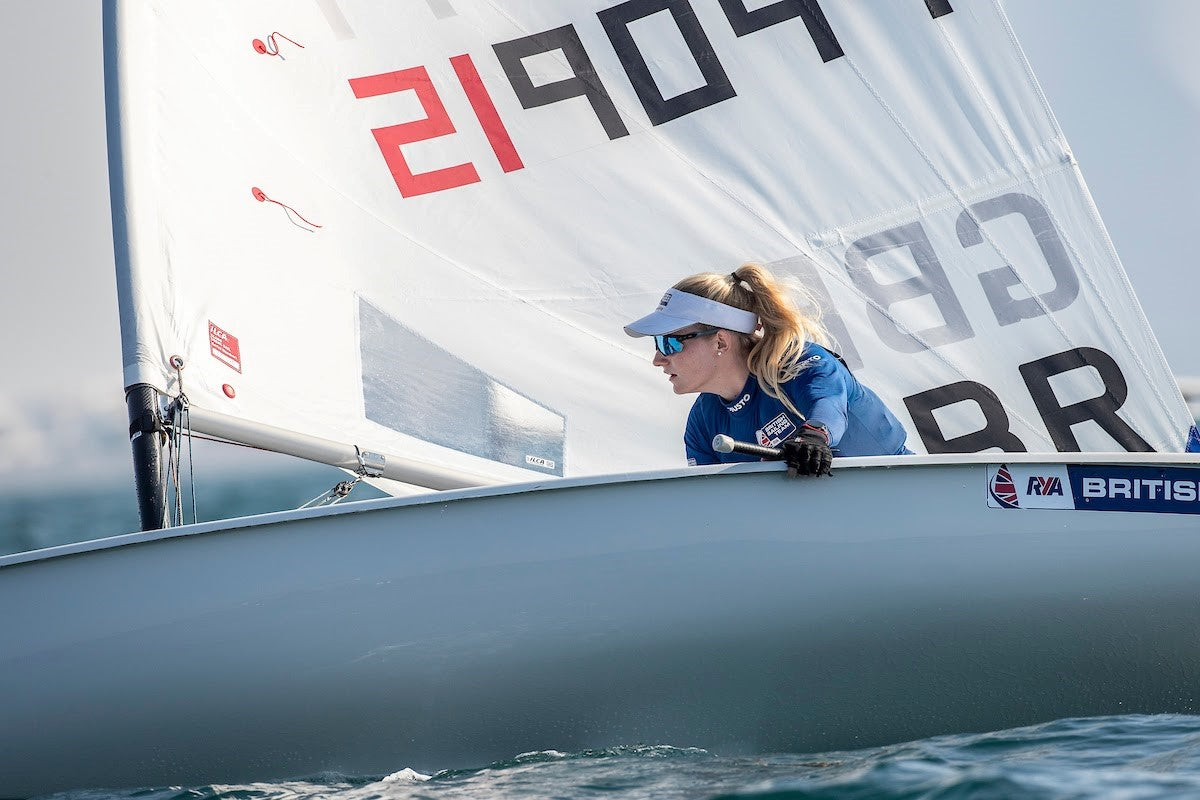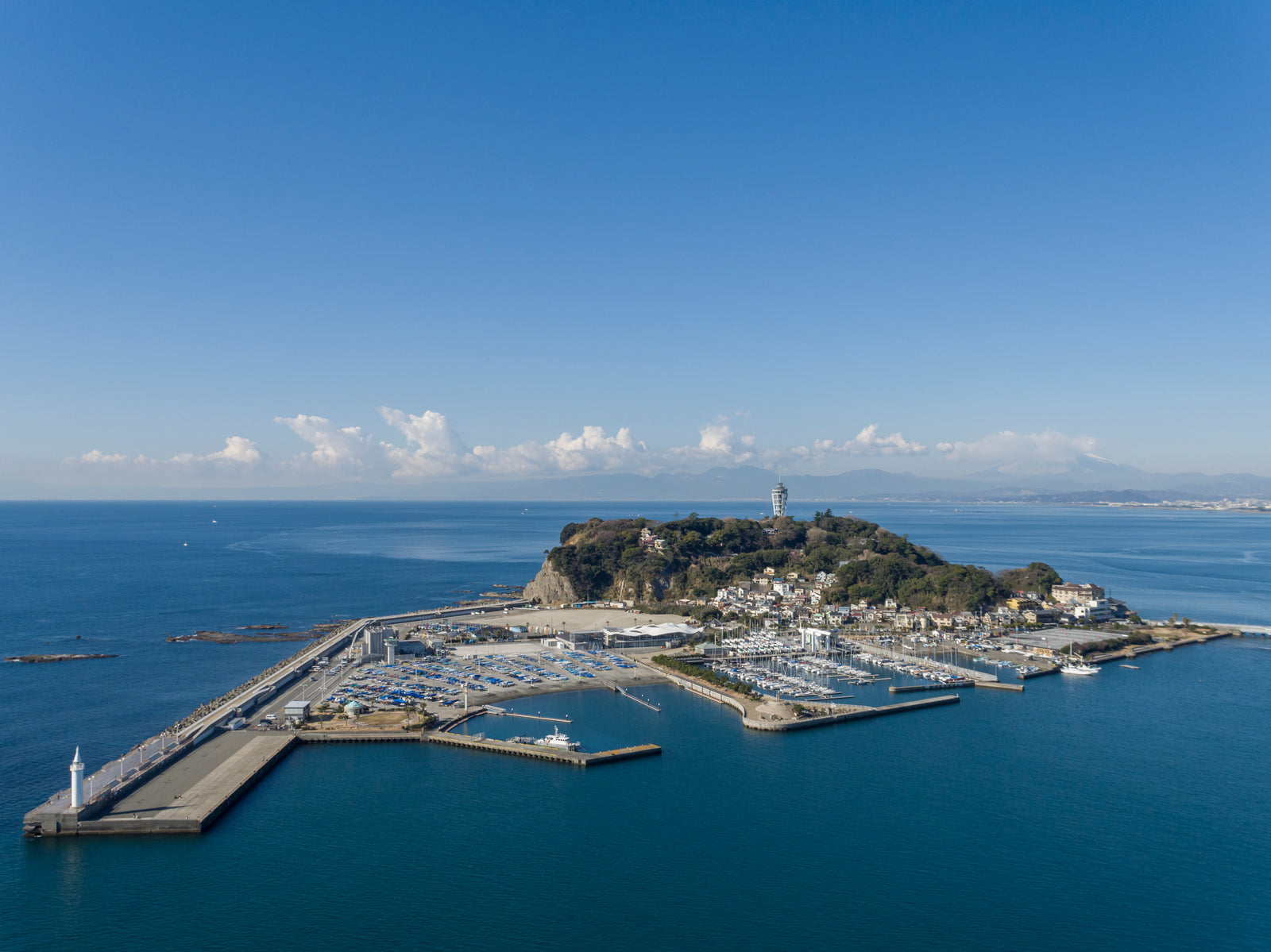News
A great write up by Southeast Sailboats sponsored sailor Matilda Nicholls on her first major events of 2023.
After a long winter of training, I was really excited for the first major events of the season to begin. It’s only my second year competing in these major Senior competitions since moving out of the youth fleets which made me even more excited to head back to Palma for the first competition, the Princess Sofia Regatta. It was also great to see so many familiar faces again with this being the first competition of the year where all the Olympic classes compete at the same venue.
- May 21, 2023
- 2 min read
A great write up by Southeast Sailboats sponsored sailor Micky Beckett on his first major events of 2023..
Palma World Cup and Hyeres Olympic week
Palma World Cup is normally the first highly anticipated regatta of the year, the first real occasion to put the winter’s training to the test and it is an event that indicates the competitive season has begun. Except this year it wasn’t the first event. Most competitors arrived directly from the ILCA Europeans in Andorra, Italy. The other Brits and I chose not to attend in favour of doing some additional training in Palma, from the outside it appeared to be a turbulent regatta with exceptionally long days on the water.
- May 21, 2023
- 4 min read
Southeast Sailboats may be based in the UK, but for years we have been providing our custom rigging solutions to sailors worldwide. Southeast Sailboats is therefore excited to add Chapman Petersen as a sponsored sailor. At just 19, Chapman is now part of the US Sailing Team and will represent the USA at both the Pan American Games and the Olympic Test Event in 2023.
Chapman studies Management Science & Engineering at Stanford University. Southeast Sailboats has been working with Chapman since 2018, providing custom rigging solutions to his exacting needs.
Chapman joins Matilda Nicholls, Micky Beckett and Jon Emmett as sailors sponsored by Southeast Sailboats. Welcome to the team, Chapman!
- April 12, 2023
- 1 min read
- April 08, 2023
- 1 min read
Your kicker/vang is arguably the most important of the three control line systems. So, how do you improve its performance so that its that much easier to use?
Lets start simple! If the small black fairlead behind the cleat has a groove on either side instead of a nice shiny surface it is acting more like a mini cleat than a fairlead, and every time you pull on or release your kicker whilst hiking (when the line is being pulled at an angle to the centreline) you will be wearing both the fairlead and your control line even more. So, upgrade step #1 is
- December 26, 2022
- 3 min read
- November 22, 2022
- 1 min read
GBR Team sailor and European Champion Micky Beckett has written this article for us...
"The most under-rated control line on your ILCA/Laser, is your hiking strap/toestrap adjustment system. I’ve seen all kinds of systems that don’t really work and a handful that just about do. What a working system can offer you is real control over your boat and an ability to transfer power from your kinetics through the boat into straight line speed.
So, let’s get down to it, how tight or loose should your toestrap be?
Unfortunately the answer isn’t neat and tidy, it’s all very circumstantial. The tension you want will depend on how tall you are and how strong your ankle fibres are, what leg of the course you’re on, how windy it is and possibly the sea state.
Let’s go through these factors one by one:
- How tall are you?
Broadly speaking, the taller you are the tighter you want your toestrap, with anyone above the 6’2 mark probably wanting a very tight toestrap nearly all the time. For everyone else a good adjustable toestrap system is essential. People who come in at 5’6 or less need a lot of slack in their toestrap so they can still generate adequate righting moment. A nice rule of thumb is that the gunnel of the boat should be half way between the back of your knee joint and bottom of your bum. A looser toestrap will cause your knee joint to be too close to the gunnel and visa-versa with a tight one. If you’re not sure, get a friend to snap a photo of you doing your finest few seconds of hiking!
- Do you have ankles made of steel?
Even I don’t. I’ve raced against people with really tight toestraps and tried to copy this thinking it would be a good idea, but it just wasn’t for me – it gave me really bad ankle pain and pins & needles after tacking. This is not how it should be! Realistically the longest you may be on one tack for is 10 minutes, by the end of which your ankles (not to mention quads, abs and hip flexors) will be crying out for relief, that’s okay, but don’t ignore too much pain. If you’re losing any sensations in your feet then loosen off the strap. Equally if the top of your shins are getting sore from curling your toes then you could consider going tighter.
- Where are you on the course?
- Upwind is where you need the most righting moment, and dependent on your height as mentioned previously a looser strap may be required.
- On the reaches what you need is some righting moment and a lot of control – you need to be able to sit up and move your weight into the boat fast, this is to keep the boat quick and flat and avoid rolling to windward, for this a system you can tighten up as you go around the windward mark is very useful.
- Downwind if you’re in the habit of hooking your back leg around the toestrap you will feel more locked in if the toestrap is bar tight.
- The breeze and the sea state?
Anything above 14kt and you want the maximum leverage available, this means your body being as far out the boat as possible, but hips not low and getting hit by waves. If you can’t hold your body up then consider tightening your toestrap. As the breeze drops from ‘maximum power conditions’ this is where it gets interesting. A tight toestrap can be really beneficial when it’s ‘marginal power’ conditions, when you’re sat up hiking.
Over-flattening the boat (rolling the boat to windward) can be costly, but if your strap is tight then you can be locked in, able to do kinetics and effectively transfer power from your upper body through the boat, without the risk of over-flattening the boat. Also when there’s a big swell, such that at the top of the wave there is a lot more power than the bottom, a tight toestrap can be really beneficial when the lull and the trough come along, so you can stay in control of the heel of the boat at all times.
A compromise will be needed in really gusty conditions – for example how tight to go on a 5 – 15 knot day? Something to maybe discuss with others!
Ultimately it’s always a trade-off between righting moment vs control. Insufficient righting moment can be particularly punishing when lane holding in breeze, but the added control of a tighter strap can have huge benefits. It’s never worth maintaining a posture or position that punishes your joints, hiking is painful but that pain should be reserved for your muscles.
It took me years to reach the point I’m at in the photo. I’m a long way out the boat – I’ve got plenty of leverage, but I’ve also got high hips so my body is well clear of the water and I can exert very powerful kinetics through the boat. Toestrap tension will determine what hiking position you can achieve, I highly recommend spending some time considering different tensions and experimenting. Photos taken outside the boat are incredibly valuable to compare what you feel with what’s actually going on."
GBR Team sailor and European Champion Micky Beckett is sponsored by Southeast Sailboats. Southeast Sailboats new hiking strap adjustment system may be just what you need to get this under-rated control line under control!
- March 25, 2022
- 4 min read
Updated December 2022 to reflect latest BlackDog dimensions. We have added tillers and extensions to our ever expanding range. Tiller selection used to be fairly simple. Read on to find out what it maybe isn’t as simple as it used to be!
Manufactured items have tolerances and the ILCA/Laser dinghy is no exception. Be it mast rake, gudgeon height or other less obvious factors, there are always some variations between boats, and also between boats from different manufacturers.
When it comes to tillers these minor variations from boat to boat can be critical. We want our tiller to be as low as possible so that the traveller block can run over the tiller as easily as possible, but not too low that it rubs on the rear deck or hits the traveller cleat. “It is advisable to have a clearance margin of at least 8mm between the lower side of the tiller and the traveller cleat. This is because even a tight fitting tiller will bend slightly under the kind of loads experienced on a windy reach, the tiller should never hit the cleat and the tolerance will ensure this won’t happen.” - Team GBR sailor and European champion Micky Beckett .
For feel we want a rock solid fit of the tiller in the stock. The tiller should be stiff so that it doesn’t bend and strong so that it doesn’t break.
“A low tiller will also increase your ‘feel’ or ‘feedback’ from the rudder, as the traveller won’t be adding unnecessary friction as the tiller slides underneath. With a low tiller the blocks will also stay in the corner by the traveller eye in light conditions, which is really critical for lane holding and having an effective high mode.” - Micky Beckett
Olympic Coach/multiple world champion Jon Emmett points out “Also remember in terms of the blocks crossing the boat during light wind tacks this is usually down to good technique, although of course having a really good tiller helps a lot!!!”
Without wanting to mention the unmentionable, sailors have always thought that PSA boats needed a tiller with a slightly different angle, as tillers for UK Laser Performance boats always seemed to sit a bit high on PSA boats.
With a number of new manufacturers now producing the ILCA dinghy some sailors have found that they seem to be similar to the PSA boats rather than the old Laser Performance boats. As a result, tiller manufacturers are now making different versions of tillers to suit both ILCA and Laser dinghies, and Southeast Sailboats now stock Element 6’s ultra-low Black Dog tiller and Rooster ILCA tiller, as well as Holt and Rooster tillers for the Laser.
We did a few measurements and here is why you should maybe consider getting the best tiller for whatever boat you sail. Simplistically, the bottom surface of tillers for the ILCA dinghy should be roughly parallel with the bottom surface of the entry into the stock. Tillers for the Laser need to be angled upwards slightly. The variations between these tillers is quite substantial, not just at the traveller cleat (between 6-21mm), but also at the point where the traveller crosses the tiller (between 18-27mm). Here are the detailed results of tillers measured with the lower face of the part of the tiller that sits in the stock pressed onto an absolutely flat surface (datum) to ensure consistency in measurements.

The new Holt tiller has been designed for the Laser aftermarket rather than the ILCA and sits quite high at the transom meaning that it is tolerant to gudgeon position. The cutaway over the tiller means that it can sit fractionally lower than a Rooster tiller.
Rooster’s famous carbon fibre tiller for the Laser is just that – perfect for the Laser. Rooster have now released a version optimised for the ILCA boats.
The new Element 6 Black Dog tiller has the lowest ‘A’ dimension as it has been optimised to fit PSA and Element 6 boats. The cutaway over the traveller cleat and ILCA optimised angle makes this tiller the lowest of all when measured at the wear plate (point B). This tiller also works well with an Ovington boat.
Confused? Let’s put it another way.. If you put a Rooster ILCA tiller on an ILCA it would sit 6mm lower where the traveller crosses than a Rooster Laser tiller. The Black Dog sits even lower, due to the fact that it’s about 3mm lower at the stern, and has the cutaway over the traveller cleat. So, for an ILCA dinghy it’s really advantageous to use an ILCA optimised tiller. However, put an ILCA optimised tiller on a Laser Performance boat and it will be too low – it will continually hit your traveller cleat. If you are travelling to an event where you are chartering and not sure what hull you are going to get it may be a good idea to take a couple of different tillers with you.
"The importance of getting the right tiller shouldn’t be overlooked in the search for boat-speed, it’s worth the time to get it right.” - Micky Beckett
Get in touch with Southeast Sailboats and we can help you choose the best tiller for you.
- February 20, 2022
- 4 min read
Southeast Sailboats sponsored sailor Matilda Nicholls has just completed first senior world championships and this is what she has to say both about the event and moving forwards into 2022.
“Wow what an incredible week at my very first Senior ILCA 6 World Championships! We sailed off the coast of Oman and were hosted by an incredible hotel with the boat park practically in its back garden. We had a couple days of training before the competition started to get into the conditions and ensure our charter boats were all set up nicely. A special thank you to Southeast Sailboats for the excellent rigging that is super easy to take from event to event and set up on the charter boats! We also managed to have a pretty cool day off before racing started in the nearby city, Muscat. We were able to have a look inside the Grand Mosque and explored around the Mutrah Souq which is a big market in the city. It is always really great when we get a chance to explore the culture and traditions of these countries we get to visit for our competitions!
Racing was due to kick off the next day but unfortunately, we did not manage any races as the wind did not fill in enough. Day 2 and the Women’s fleet was very eager to get going and after a couple general recalls we were off! We managed to get 3 races in before it got dark, and I was sitting in 20th after our first day of racing. The rest of the week we had similar conditions with 6-10kts every day and sailing until sunset to make sure we got some good and fair races in. Ahead of the final day I was sitting in 9th place at my first Senior Worlds which was incredibly exciting after I managed to string together a consistent set of results in the tricky light conditions. On the last day I was a little too line shy due after picking up too many Black Flags at previous events this year which made my last 2 races quite tough. But I still managed to finish the week of in 15th place overall which I couldn’t be happier with and felt super proud to make a mark in the Senior Women’s fleet. Emma Plasschaert from Belgium showed us her strong and high level of experience in the ILCA 6 Fleet by sailing a consistent week and winning the 2021 Worlds!
I am absolutely loving sailing at the moment and am trying my best to also balance my Psychology degree at the University of Exeter. The Worlds in Oman was a very motivating week watching and competing against the top ILCA 6 Women. I am now moving away from Youth Racing and becoming an almost full-time Senior sailor. I will kick off the New Year training with the British Sailing Team in Vilamoura and am very excited for what the next year of training and racing will bring. We aren’t far off from the 2024 Paris Olympic Games now and am ready to work hard on my goals both on and off the water to give it my best at the Olympic trials.”
- December 11, 2021
- 2 min read
- July 12, 2021
- 6 min read

